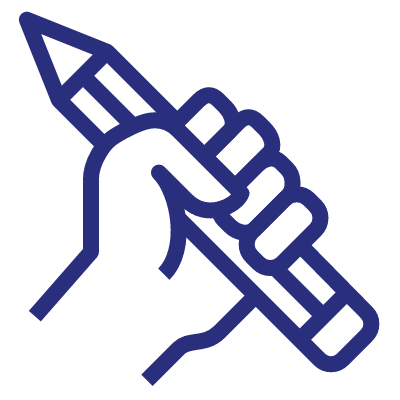
Business Environment
ISBN: 9788131519479

Communicating in Business
ISBN: 9788131516362

Database Management Concepts
ISBN: 9788131518458

E-Business
ISBN: 9788131526279

Engineering Applications in Sustainable Design and Development
ISBN: 9788131529058

Finance for Executives : Managing for Value Creation
ISBN: 9788131516805

Mass Media Research : An Introduction
ISBN: 9788131526286

Mathematical Physics
ISBN: 9788131517864

Software Project Management
ISBN: 9788131514849

Traffic & Highway Engineering
ISBN: 9788131529430

Understanding Operating Systems
ISBN: 9788131521564

Civil Engineering Materials
ISBN: 9789386650382

Discovering Computers 2016 : Tools, Apps, Devices, and the Impact of Technology
ISBN: 9789386650658

Guide to Operating Systems
ISBN: 9789386650900

Human Values and Professional Ethics
ISBN: 9789386858764

Technical Communication
ISBN: 9789387511552

Corporate Communication
ISBN: 9789387511743

Contemporary Moral Problems
ISBN: 9789386668622

Technical Communication
ISBN: 9789353500504

Business Mathematics
ISBN: 9789353502461

Technical Writing for Success
ISBN: 9789353506292

Business Communication: In Person, In Print, Online with MindTap
ISBN: 9789355735423

VBA for Modelers: Developing Decision Support Systems with Microsoft® Office Excel®
ISBN: 9789355735577

The Management of Technology and Innovation with MindTap
ISBN: 9789355738127




